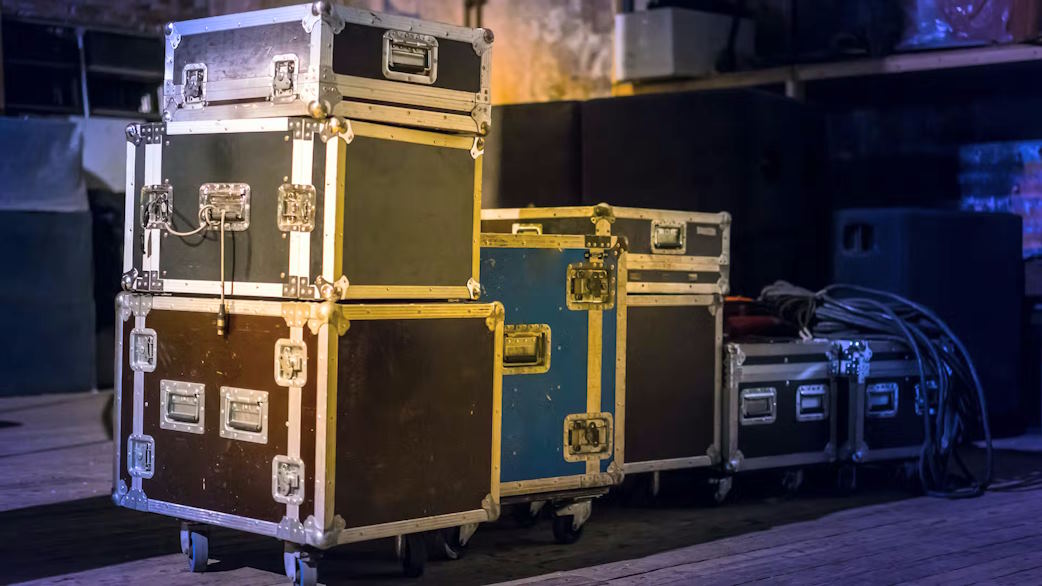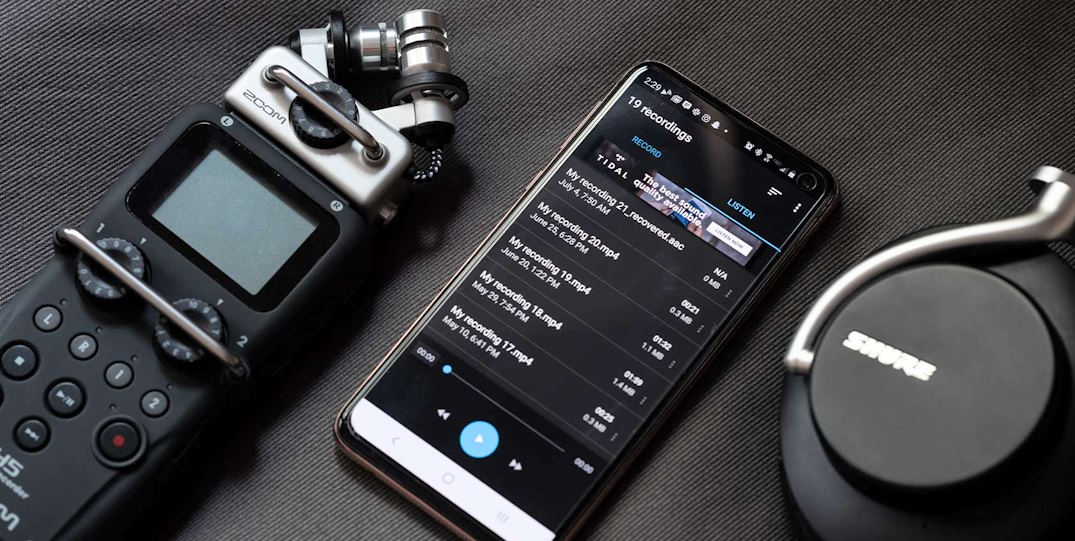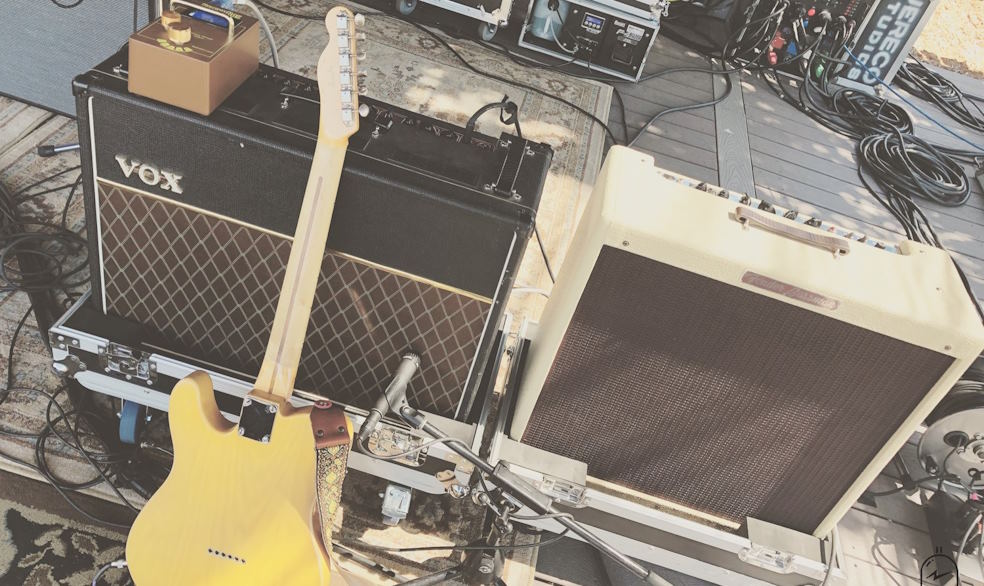Embarking on a musical tour is a thrilling adventure for any artist or band, but it comes with its own set of challenges, especially when it comes to the well-being of your musical equipment. From guitars and drums to synthesizers and delicate electronic gear, the road can be unforgiving.
Pre-Tour Preparation
Before hitting the road, a thorough pre-tour preparation is essential to ensure that all your gear is in optimal condition. Begin by creating a comprehensive gear inventory checklist. This list should include every piece of equipment, from instruments to cables and accessories. Once your checklist is complete, take the time to ensure that each item is in proper working order.
Investing in quality cases and bags is a crucial step in protecting your gear. Different instruments require different types of cases, and selecting durable, protective cases can make a significant difference in safeguarding your equipment from the rigors of travel. Labeling cables and accessories, as well as organizing your gear for easy setup and breakdown, can streamline the process and minimize the risk of damage during transit.

On-the-Road Maintenance
Once on tour, regular instrument checkups become a routine that can save you from potential disasters on stage. Tuning and checking the intonation of your instruments should be a daily task. Additionally, a thorough inspection for wear and tear can help you identify and address issues before they escalate.
Climate control is another critical aspect of on-the-road maintenance. Temperature and humidity variations can adversely affect instruments, leading to tuning instability and potential damage. Understanding the impact of climate conditions on your gear and implementing strategies to manage them can make a significant difference.
It’s also wise to have an emergency repair kit on hand. This kit should include essential tools and spare parts that can address common issues that may arise during the tour. Quick fixes can mean the difference between a flawless performance and unexpected technical difficulties.
Safe Transportation
Safe transportation of your gear is a fundamental aspect of ensuring its longevity on the road. Loading and unloading procedures require careful planning and teamwork. Effective communication during load-in and load-out is crucial to prevent accidents and minimize the risk of damage.
Securing gear in transit is equally important. Proper packing inside cases, along with strategies for minimizing vibrations and shocks, can protect your instruments from potential harm. Additionally, considering instrument insurance is a wise decision. Researching and choosing the right insurance plan can provide financial protection in case of unforeseen circumstances.

Setting Up and Breaking Down
Efficient setup and breakdown procedures contribute to the overall well-being of your gear on tour. Creating organized stage plots and layouts can streamline the setup process, making it quicker and more efficient. Utilizing soundchecks for equipment testing ensures that everything is in working order before hitting the stage.
Breaking down after a performance is just as important. Safely packing equipment, following a post-gig maintenance routine, and ensuring that everything is accounted for can prevent loss or damage. Developing a systematic approach to setup and breakdown contributes to a smoother tour experience.
Communication and Coordination
Effective communication within the band and with venue staff is a key component of road readiness. Daily check-ins on equipment status and prompt addressing of any issues can prevent small problems from becoming major headaches. Coordinating with venue staff, including stagehands and tech crews, builds positive relationships and contributes to smoother setups and breakdowns.
Post-Tour Assessment
After the tour, conducting a thorough post-tour assessment is crucial. Evaluate the performance of your equipment, identify any wear and tear, and plan for necessary repairs or replacements. Updating your gear inventory with any new purchases and adjusting the checklist for future tours ensures that you are continually improving your road-ready strategy.


